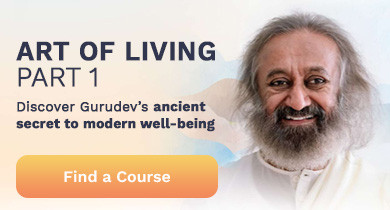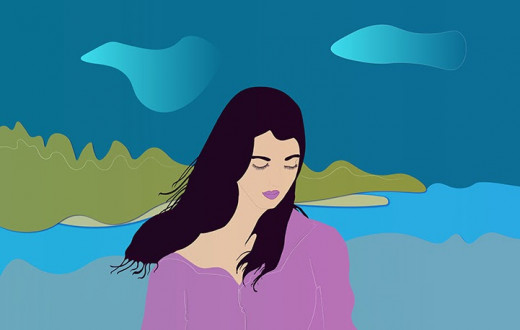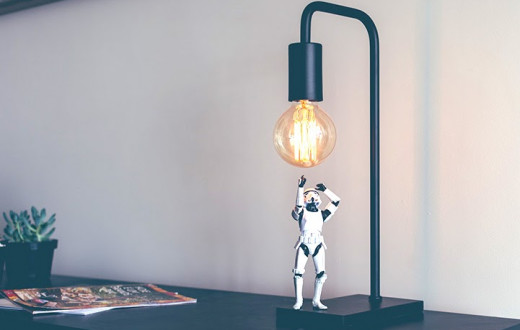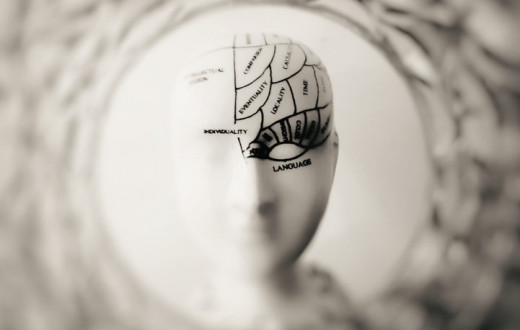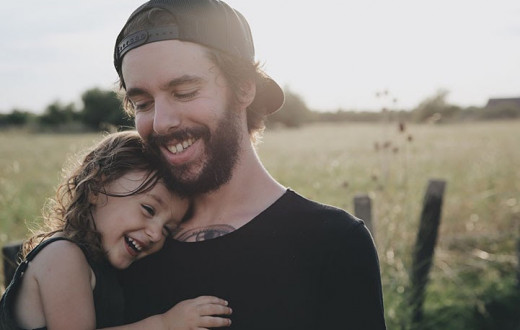By Elizabeth Herman | Posted on : December 23, 2020
You can use these 4 breathing exercises to lower blood pressure the natural way. Try them today!
Have you been thinking about your health more lately? Maybe you've even been told that you have high blood pressure. High blood pressure can lead to heart failure, stroke, heart disease, or worse. While that can be a shock and make you worry, there are plenty of things you can do to lower your blood pressure.
Many Americans have a high chance of getting high blood pressure, so you're not alone. Almost half of all Americans already have it. We want to help you bring your blood pressure down. With blood pressure at a healthy level, you can feel healthier and avoid the risks.
The chances of getting high blood pressure increase with age. Only 13 percent of women and 26 percent of men aged 20-34 have it. But by the middle of their 70s, those numbers go up to 86 percent for women and 80 percent for men.
There are many ways to keep your blood pressure under control. Healthy food with less salt, keeping your weight down, quitting smoking, and regular exercise are some. Some patients need blood pressure medication. For those who do, practicing deep breathing exercises in addition to medications can help every day.
So, if you have high blood pressure already, you should take it seriously. But you should also know that there are a ton of breathing techniques you can try to bring your body back into better health. Don't worry, we've got you!
What is blood pressure?
You’ve had your blood pressure checked many times. But it doesn’t hurt to review some of the basics when you’re thinking of taking better care of it!
Normal blood pressure varies a little bit. Monitoring it regularly is necessary, as you see from the way every doctor or nurse starts an office visit. It's one of the most important factors in the healthy functioning of all the body’s systems.
The American Heart Association considers 130/80 to be the upper limit on blood pressure. High blood pressure, also called hypertension, is dangerous anywhere above those numbers.
It’s not an object inside you like you might think, but a force within your circulatory system. It’s the force that presses against your artery-walls. It results from the heart pumping blood through the arteries.
What are breathing exercises?
Luckily, we have ways to help keep it in check! The one involuntary function we can control is our breathing, and it can solve so many health problems if we use it correctly. The breath, like food, rest, and a calm state of mind, is a major source of energy. Breathing exercises give you the discipline to control your own life force. This is something you can start doing for the sake of your own well-being.
This ancient science from yoga is known in Sanskrit as pranayama. Prana means vital universal life force or energy. Yama means to control or adopt a moral discipline.
Pranayama breathing exercises have been used for centuries to prepare the mind and body for meditation. They can also be a great tool to help you lower your blood pressure and feel healthy and vibrant.
Pranayama is all about harnessing the breath. There are many different examples of breaths. You can describe each as a helpful breathing technique. Every pranayam brings about different results (from reducing stress, to increasing energy). I know it might sound intimidating. But pranayama entails adjusting the length of your breath, directing and holding it.
You can do it anytime, anywhere, and not only will pranayama techniques help to lower your blood pressure, but they'll also make you feel happier too. Win-win!
How do breathing exercises affect blood pressure?
Here are some of the many ways that breathing exercises can help to improve your chances. As you learn to maintain healthy blood pressure, breathing can play an important role by:
Enhancing circulation to all parts of the body so blood flows easier.
Lowering the stress hormone cortisol.
Managing negative mental stress reactions.
Oxygenating the blood so that delivery of nutrients becomes more efficient.
Helping to energize and relax tissues.
Reducing the emotional effects of constant daily stress and tension.
Lowering the urgency for systems that need blood.
Leading to a sustained lower heart rate.
Increasing lung capacity.
What are the best breathing exercises for blood pressure?
1) Deep Yogic Breathing brings you seven times more oxygen than normal breathing. You can sit, lie down, or stand while you do this exercise. It’s also closely related to diaphragmatic breathing. Place one hand on your tummy. Your thumb should be near your navel. Place the other hand higher, on your chest. Now take deep breaths, and make sure your chest doesn’t rise at all. Allow your abdomen only to rise and fall with each deep breath.
2) Bee Breathing (Bhramari). The bee breath helps balance high blood pressure. It generates vibrations that relax the body and mind. It resonates within you and brings you relief from anxiety and tension. Crocodile pose with Bee Breathing has a calming effect. Take a deep breath in. Close your ears with your fingers. As you exhale, use your voice to create a humming sound, like a bee. Release your ears as you inhale, and repeat. You can also do this without closing your ears.
3) Victory Breath (Ujjayi). The victory breath helps to normalize high blood pressure. It does so by increasing oxygenation. It also affects the carotid sinus. It calms the mind and reduces feelings of fear. It brings balance to the whole system. As you breathe in and out, through your nose, direct the air through your throat also. You should hear a sound like the ocean when you do this.
4) Alternate Nostril Breathing (Nadi Shodhan) calms the whole nervous system. Sit up in a comfortable, upright position. Keep your jaw loose and eyes closed. Relax your left hand and place it palm up on your left thigh. Place your index and middle finger of your right hand between your eyebrows. Use your thumb to close the right nostril. Breathe out through the left nostril. Then, breathe in through the left nostril. Use your ring finger to close the left nostril, and breathe out and in through the right one. Continue to alternate in this way.
What’s the best way to start a breathing practice for healthy blood pressure?
Before you start, inform yourself! Consult a doctor and a trained breath and meditation teacher.
Keeping their advice in mind, begin a regular home practice. The most benefit comes from including breathing exercises, yoga, and meditation. But breathing exercises alone will have a positive effect. Other practices can help more as you continue to grow in your self care routine.
Make your health and happiness a top priority. Watch the good effects of your new practice flow through your life. Keep track of any changes in your blood pressure as your life begins to change in other areas.
All the best for keeping your blood pressure in check! A lifetime of health awaits.
How to discover a world of good health
Whether you’re healthy or not right now, a practice of SKY Breath Meditation can improve your life. Research shows that continuing SKY Breath Meditation can enhance cardiovascular and respiratory function in your body. Studies have found reduced blood pressure in both healthy and health compromised individuals.
Since blood pressure problems can be made worse by stress, you need powerful stress reduction in your life. Especially in the complex world of today, you can benefit from the time you take to learn SKY Breath Meditation and keep it up as a daily habit.
To get started today, join Beyond Breath - a free online session with a live instructor. You'll experience guided breathwork and meditation. You'll also learn about SKY Breath Meditation. It has helped millions of people worldwide to reap the deeper benefits of yoga.
Elizabeth Herman is a long time meditator, a trained yoga teacher, and a PhD in English, with concentrations in Rhetoric and Composition, and Literature. She offers writing support to clients, teaches locally, and volunteers for a better world.
This content on the Art of Living Blog is not intended to be a substitute for professional medical advice, diagnosis, or treatment. Always seek the advice of your physician or other qualified health providers with any questions you may have regarding a medical condition, Any links to third-party websites are provided as a convenience only and the Art of Living Blog is not responsible for their content.
